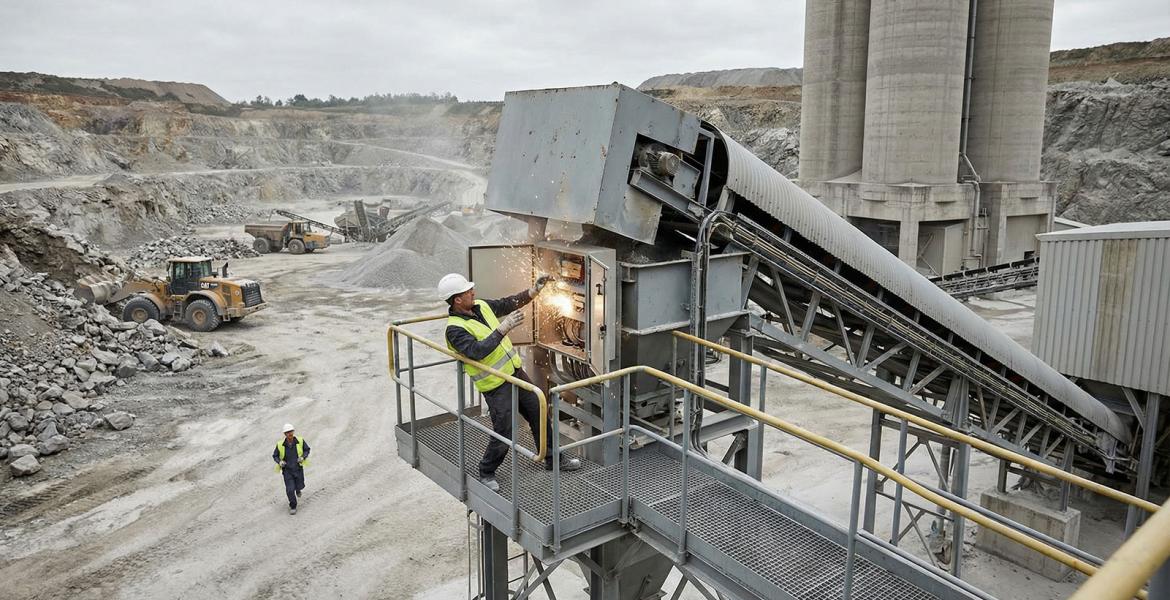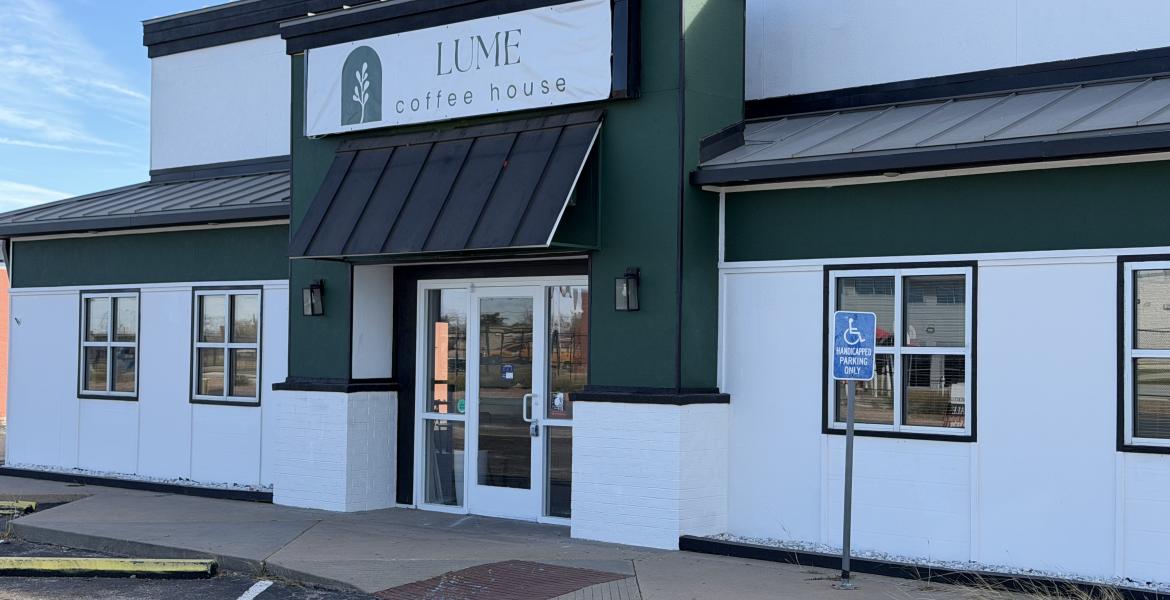While everyone wishes that there was a transportation fairy to wave a magic wand to build and maintain our highways, there is none. In lieu of a magic wand, we rely on funding that comes primarily from your federal fuel tax of 18.4 cents per gallon of fuel and from state fuel taxes. We will talk about state transportation funding next week, but today I want to discuss funding at the federal level.
The gas tax was a fair and efficient way to fund highways. The more you drove and use the roads, the more gas you use and fuel tax you pay. Fuel tax is easy to collect because you pay every time you fill your tank. But it also has some challenges. Most taxes are levied at a percentage basis (8% of a sale price or 25% of income), and the revenue generated will grow with inflation. But the motor fuel tax is set at a flat rate per gallon. Drivers today pay the same 18.4 cents per gallon that we did in 1993. But construction costs, like pretty much everything else but the gas tax, have increased since 1993. Further compounding the revenue shortfall is greater fuel efficiency of cars. That means drivers are putting billions of miles a year of wear on the nation’s roads without paying any additional money to maintain them. The combination of inflation and fuel efficiency has eaten nearly a third of the buying power of the gas tax since 1997.
By 2008, Congress began to commit general fund dollars to the Highway Trust Fund just to stay even with the funding levels in previous years. So federal transportation funding has remained flat with a few inflation adjustments over the years. Since that time the Corridor has seen only small amounts of federal funding through state DOTs
In 2005 when the SAFETEA-LU transportation reauthorization was passed, the original four-state Ports-to-Plains corridor benefited from over $119 million worth of congressional earmarks for expansion projects. Issues with how other earmarks were committed resulted in a major change in federal policy since then. New policies from that point forward provided funding to each state, but left it up to states to determine how the federal funding was spent.
In December 2015, a new five year transportation bill called the FAST Act was passed and for the first time specific funding for freight was included. The FAST Act created a new formula funded National Highway Freight Program that would fund freight-related highway improvements. The bill authorizes a five-year national total of $8.2 billion shared by formula to each state. Additionally the Act allows states to designate Critical Rural Freight Corridors which would be eligible for expenditures from the National Highway Freight Program formula funds.
The Ports-to-Plains Alliance is working with its congressional delegations across the entire corridor to ask Federal Highway Administration (FHWA) to provide states the guidance on how to identify the Critical Rural Freight Corridors. The FAST Act was clear that corridors serving energy development and agriculture could be designated. Critical Rural Freight Corridors can become an important federal funding source to further expansion projects on the Ports-to-Plains Corridor.
When asked why have a federal program at all if the federal dollars go to state DOTs, Ports-to-Plains is quick to point out that goods and people are not just moved within states, but across states the nation and internationally. Having a consistent national transportation policy is critical to reaching that goal. Larger states, like Texas, need a good system connecting across smaller population states. Without that national system there would be increased costs of transportation and the decreased reliability of the system, driving up logistics costs and hurting U.S. businesses. Our local businesses would be less able to compete in the international marketplace. Transportation would become a drag on the economy, impeding private sector growth and long-term private sector job creation.
Subscribe to the LIVE! Daily
Required






Post a comment to this article here: